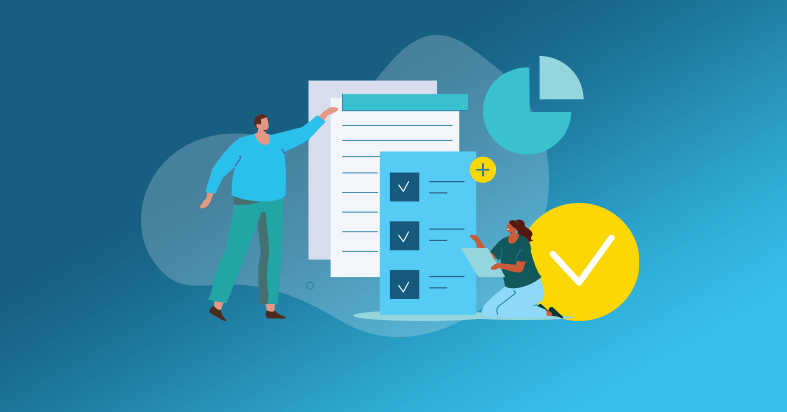Application Managers need to consider how best to upgrade to SAP S/4HANA, the latest platform of the software supplier’s core business software. SAP has extended the support deadline for its current ECC software from 2025 to 2027 following pressure from customers, but the move to S/4HANA is inevitable – and can bring significant benefits to the business once implemented.
Here are some of the key points you need to know to minimize disruption and ensure a clear migration journey:
- Value mapping- It is critical that the IT department and business stakeholders appreciate the impact and outcome of the journey to S/4HANA. Creating an SAP value map enables different departments to understand how they must prepare for the upgrade and how they stand to benefit from the innovation available. This will help to minimize disruption, keep to timelines and deliver a swift migration without wasting resources.
- Greenfield vs. brownfield-Organisations must choose whether to pursue a “greenfield” or a “brownfield” implementation and evaluate the pros and cons for each. Assessing the two approaches involves looking at current processes and whether they meet the future requirements of the business, the implications for business strategy, and the budget and time available.
- Identify desired outcomes- Identify and disseminate the business justification for migrating to S/4HANA. Organizations have different benefits they wish to achieve but making a solid business case is essential to ensure everyone understands the desired outcome.
- Document business processes- Be sure to gather and share a thorough understanding of the business processes currently in production, such as financial reporting, for a better understanding and analysis of systems. Plan what will be required in terms of resources and time based on the target version of the upgrade. The aim is to have the best and most accurate project plan from beginning to end.
- The importance of testing- Every organization must be prepared to do testing at every stage of the migration project and recognize that it will be carried out by different stakeholders, such as developers or business users. User acceptance testing (UAT) helps smooth the transition for business users.
- Complete tasks in the correct order- Failing or neglecting a stage can be significant. Pre-planning, planning, business case, conversion activities such as code corrections and testing, and acceleration are all key elements that require dedicated time and resources.
- A holistic view-Organizations must aim for a holistic view of the project, especially when it comes to testing, to deal with interdependencies and ensure synchronization for pre- and post-upgrade corrections. Keeping track of what needs to be done is only possible with a 360-degree view.
- The go-live decision- Going live is a critical event. If the checklist has been followed thoroughly, the risk is minimized, but giving the green light requires high levels of cooperation and preparation across the business. Don’t underestimate what is involved.
How Panaya supports S/4HANA migration
There are four key stages in the journey to S/4HANA – assessment, preparation, migration, and acceleration, and SAP experts at Panaya are helping organizations with their upgrade to S/4HANA in all stages:
Assessment – Panaya’s S/4Assess helps with the initial IT needed to build a plan and a business case with the costs and benefits of the project. It gives the client the complete picture, covering how much effort, such as time, testing, and planned correction activities, are required to complete the project. Panaya can provide analysis to help organizations decide whether to build on their solid SAP foundation, migrate from ECC to S/4HANA or choose a greenfield implementation for the best way forward. Panaya offers a rich dashboard, displaying effort, progress, defects, risk, best practices, and drill-down into the code for each change.
Preparation – Panaya’s S/4Prep is a toolbox that helps reduce the risk in the SAP migration process by supporting pre-conversion activities, such as moving to the HANA database and code cleaning. It enables organizations to design new business processes based on their existing ECC system.
Migration – Panaya’s S/4Convert covers end-to-end project execution to ensure the full scope of a project to migrate from ECC to S/4HANA is understood. The project includes all workstreams, corrections, and testing activities. Some activities are done automatically, such as through intelligent code remediation (ICR). It helps minimize risk and reduce project time and cost by 50%. Panaya’s built-in recording functionality to track compliance and the use of e-signatures to lock in approvals. Panaya enables testing assets to be re-used in future projects by creating a test library to build a knowledge base that adds value during future innovations.
Acceleration – Panaya’s S/4Accelerate covers end-to-end project execution when upgrading from an existing SAP S/4HANA implementation to a new version of S/4HANA. This enables improved functionality and can help businesses upgrade efficiently and rapidly.
These were just a few key points that need to be considered when upgrading to S/4HANA.
